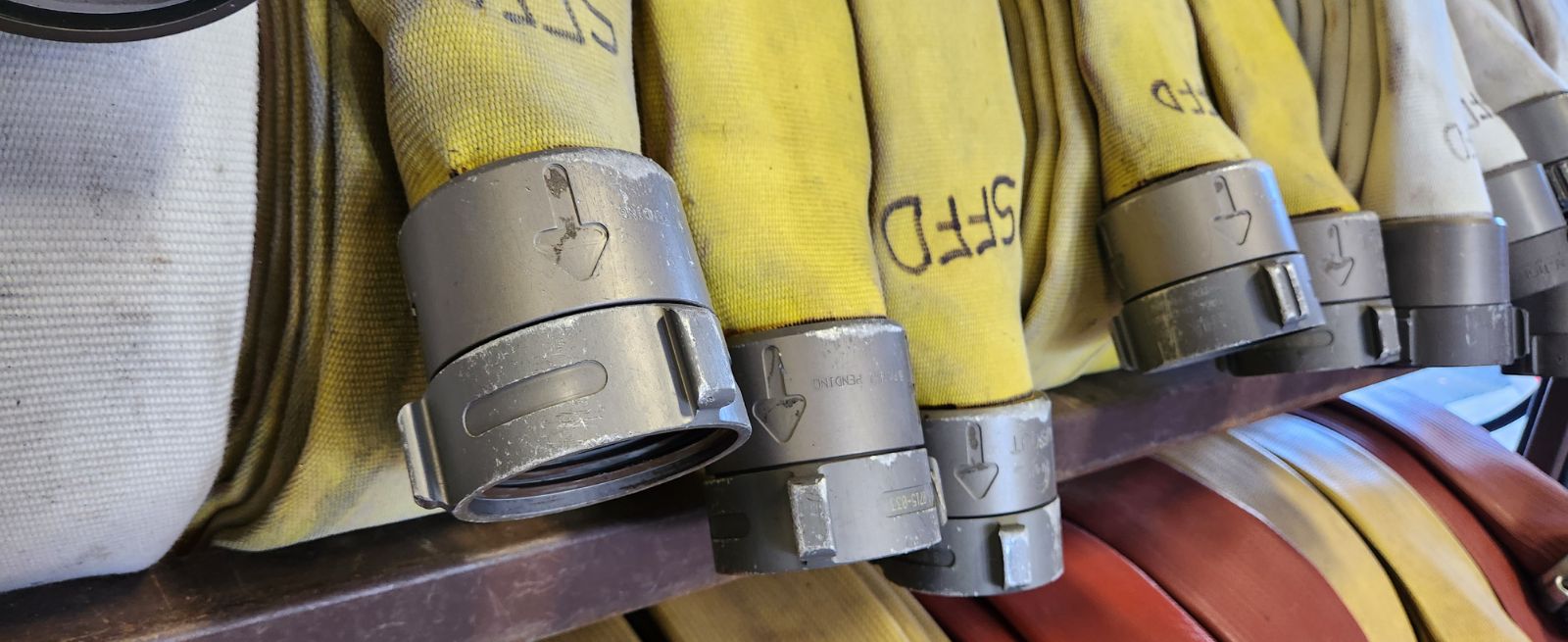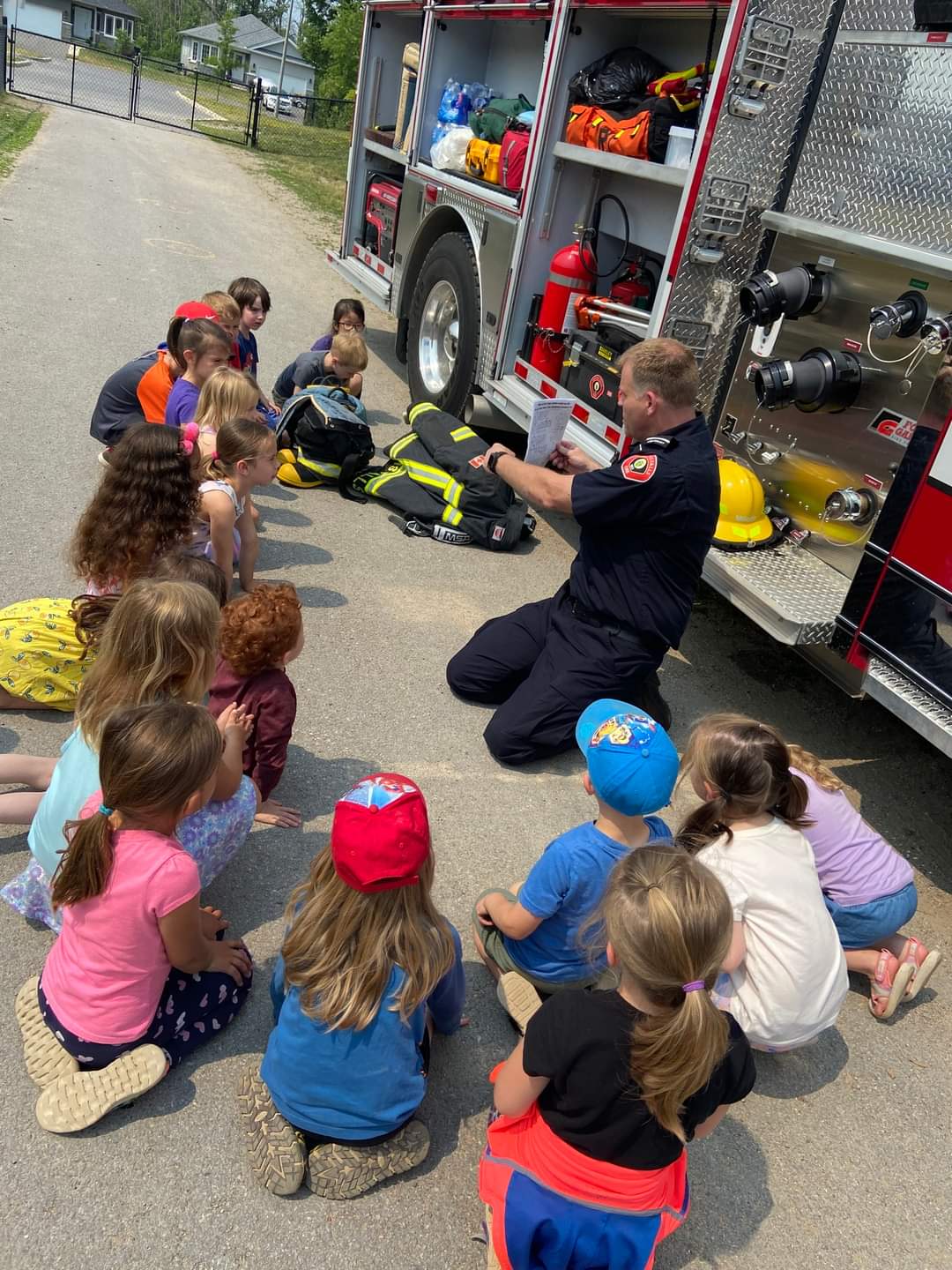Being prepared is your best defence against a fire in your home. Reduce your family's risk of fire-related injury or death by following these safety tips.
| Smoke Alarms |
|
Smoke alarms save lives. You can reduce your family's risk of fire-related injury or death by installing the right number of smoke alarms in the right places in your home, and by keeping them in good working order. It's the lawThe Ontario Fire Code requires that every home have working smoke alarms on every level. If you are a landlord it is your responsibility to comply with this law. If you are a tenant it is your responsibility to notify your landlord immediately if your alarm/s is/are not working. Smoke Alarms save livesMost fatal fires occur at night when people are asleep. Often, victims never wake up. A working smoke alarm will detect smoke and sound an alarm to alert you, giving you precious time to escape. Certification MarksWhen buying smoke alarms at retail stores or through online websites, it is important to look for products that meet Canadian safety standards. Smoke alarms with a Canadian certification mark have been tested by laboratory professionals. The mark indicates that the product meets all applicable safety standards set out in Canadian regulations. Certification marks must be found on:
|
| Fire Extinguishers |
|
Purchase a fire extinguisher for your home and keep it handy in the event of a small fire. Make sure you know what to look for when buying a fire extinguisher for your home.
|
| Fire Inspections |
|
Fire inspections are important for the safety of the public, people who live and work in buildings and for Fire Fighters who may have to enter the building in an emergency situation. It is imperative that all building occupants are able to get out in an emergency in a safe and timely manner.
|
|
Fire Safety Plans |
Fire Safety at homeIf a fire occurred in your home tonight, would your family be able to get out safely? It is important that everyone know what to do and where to go when the smoke alarm sounds. Take a few minutes to make a home fire escape plan, by following these steps. Draw a floor plan of your home Include all possible emergency exits Show two ways out of every room, if possible Identify anyone who needs help to escape Choose a meeting place outside
In case of fire, everyone will go directly to this meeting place so they can be accounted for. Call the fire department from outside your home Practice your escape
Fire Safety for your BusinessFire Safety Plans are intended to assist the owner of a building with the basic essentials for the safety of all occupants. They are also designed to ensure an orderly evacuation at the time of an emergency and to provide a maximum degree of flexibility to achieve the necessary Fire Safety for the building. The implementation of a Fire Safety Plan helps to assure effective maintenance and utilization of Life Safety features in a building, to protect people from fire. The required Fire Safety Plan should be designed to suit the resources of each individual building or complex of buildings. The Ontario Fire Code, Section 2.82.1.(1) requires the establishment and implementation of a Fire Safety Plan for every building with:
There is a review fee depending on the building systems. |
|
Fire Prevention Education |
Fire Safety PresentationsThe Fire Prevention Division of the Smiths Falls Fire Department is available upon request to give fire safety presentations. Requests typically come from businesses, professional groups, health care facilities, educational institutes and other civic organizations. Topics presented are tailored to the audience and any special requests from the organization and topics might include:
Presentations must be booked a minimum of 6 weeks in advance. Presentations are subject to cancellation if an emergency should occur. The Fire Prevention Division will reschedule. If you need to cancel a scheduled tour, the Smiths Falls Fire Department requires at least 48 hours cancellation notice.
Fire Prevention WeekThis annual October event showcases the essential services provided by the Town of Smiths Falls.
The History of Fire Prevention Week Fire Prevention Week was established to commemorate the devastating Chicago fire on October 8, 1871 that killed more than 250 people, left 100,000 homeless, destroyed more than 17,400 structures and burned more than 2,000 acres. The fire changed the way that fire fighters and public officials in Canada and the U.S. think about fire safety. The Fire Marshals Association of North America (today known as the International Fire Marshals Association), decided that the anniversary of the Chicago fire should be observed in a way to educate the public about the importance of fire prevention. Fire Prevention Week was proclaimed in Canada in 1919 to commemorate the Chicago blaze, as well as the major fire that destroyed the Centre Block of the Parliament buildings in Ottawa on February 3, 1916. The National Fire Protection Association (NFPA) continues today to make National Fire Prevention Week a priority and counts on the participation and efforts of tens of thousands of fire and safety professionals, emergency volunteers, and other individuals working to reduce the risk of fire and the toll it takes on our society. With tremendous help from fire safety advocates throughout North America, Fire Prevention Week continues to be a success each year. |
For further information on Fire Safety & Prevention please contact Jason Smith, Lieutenant of Fire Prevention at
613-283-5869 or email at jsmith@smithsfalls.ca
Contact Us
 Subscribe to this page
Subscribe to this page







